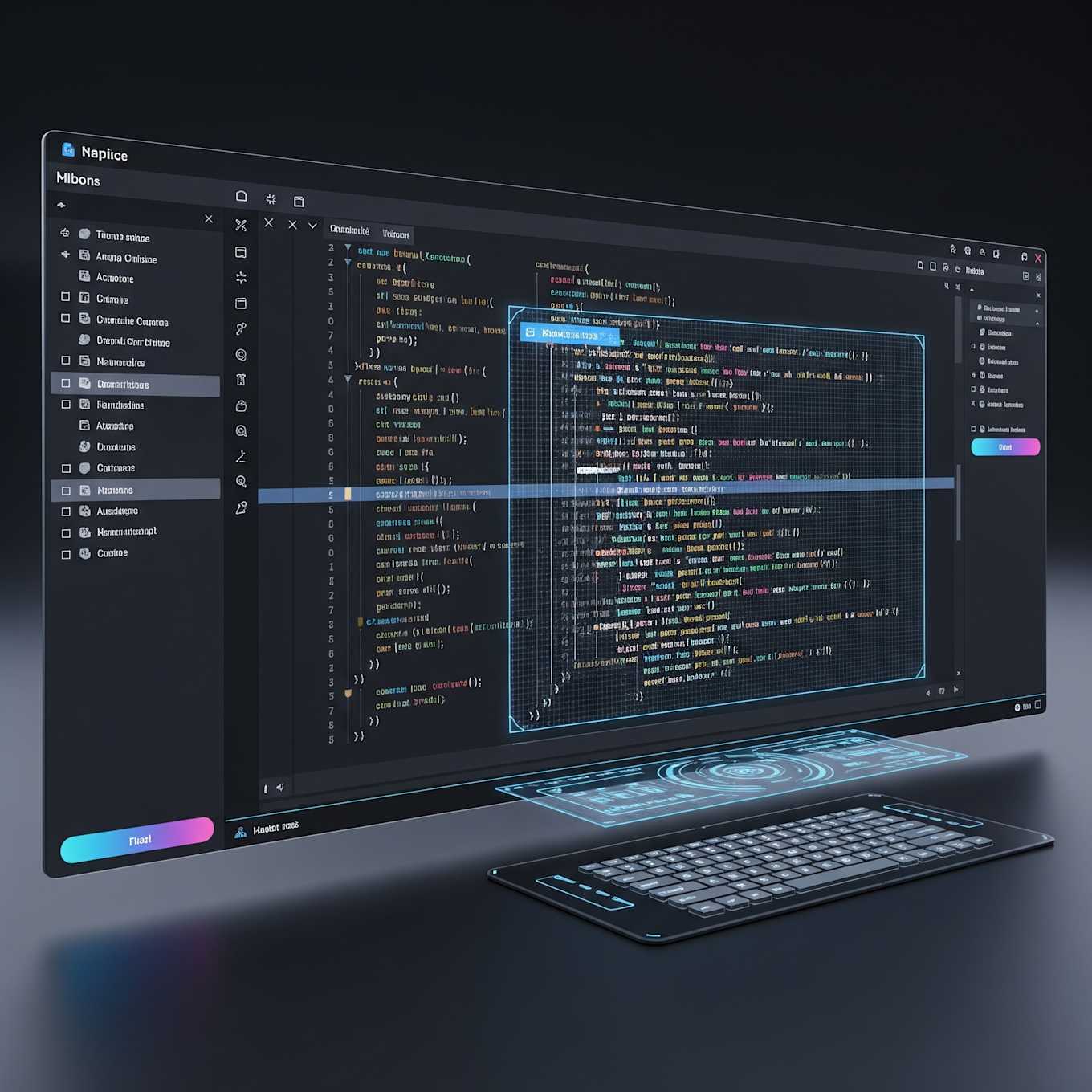How AI is changing the way we code

On this page
At YYT, we’ve recently started integrating AI into our development workflows — and the results have been both exciting and surprising.
Like many teams exploring AI coding tools, we approached it with curiosity, skepticism, and a clear goal: boost productivity without compromising quality.
In this post, I’ll walk you through our hands-on experiences, including what worked, what didn’t, and some key takeaways on how AI fits into a modern software development environment.
Why we started using AI for development
AI-assisted coding has exploded in popularity, thanks to tools like GitHub Copilot, Cursor, and ChatGPT. The promise is compelling: faster development, fewer repetitive tasks, smarter suggestions, and even full-code generation with just a prompt.
But we didn’t jump in blindly. Our goal was to explore:
How useful these tools really are in day-to-day development
Whether they can meaningfully reduce developer workload
Where the limitations (and risks) lie
Application scaffolding: AI’s sweet spot
One of the most impressive capabilities we saw early on was application scaffolding.
To test its limits, we asked AI to help us build a simple browser-based game — something fun but non-trivial. We chose Tetris.
In minutes, the AI scaffolded:
A playable game loop
Basic grid rendering
HTML and CSS layout
A scoring system
Simple local storage for high scores
With a few prompt iterations and minor tweaks, we had a working prototype. This kind of rapid prototyping would normally take hours, not minutes.
What worked well:
Generating the initial game structure
Populating localStorage with game data
Handling keyboard input (arrow keys, spacebar)
Creating helper functions with short prompt descriptions
What didn’t work so well:
Handling edge cases, such as rotated piece collisions
UI polish required multiple prompt iterations
AI occasionally introduced logic errors or overcomplicated solutions
✅ AI can scaffold fast. ❌ But it still needs a developer’s eyes, judgment, and refactoring skills.
Writing good prompts is a skill
One lesson became obvious quickly: prompt engineering matters.
Vague or high-level prompts often result in flawed or incomplete code. For example:
“Convert all variables to camelCase” gave us inconsistent results and missed several variables.
“Refactor this function” sometimes produced worse or functionally incorrect versions.
In contrast, specific prompts led to much more reliable output:
“Store the player's high score in localStorage and retrieve it on page load.”
“Add keyboard input support for arrow keys and spacebar.”
“Generate unit tests for this specific function using Jest.”
The more context we provided, the better the results.
💡 Prompting well is a skill — one that blends technical understanding with communication clarity.
Tools we tried: Cursor and GitHub Copilot
We experimented with two primary tools for AI-powered development:
1. Cursor
Cursor is an IDE with native AI integration. You can choose between models like OpenAI and DeepSeek. We found Cursor useful for:
In-editor completions
Inline code explanations
Quick generation of small utilities or tests
Cursor was particularly strong for general-purpose code scaffolding and small-to-medium-sized tasks.
2. GitHub Copilot
Copilot felt slightly more polished for specific scenarios:
Better performance in React scaffolding
More accurate and useful test generation
Fewer “hallucinations” (when AI outputs plausible-sounding but incorrect code)
Overall, both tools are solid. Choosing one may come down to team preferences, language focus, and integration into your existing workflow.
Vibe coding vs. Professional coding
An increasingly popular approach to development: “vibe coding.”
Vibe coding is what we call the fast, exploratory style of coding that AI enables - spinning up ideas quickly, experimenting freely, and jumping from thought to thought. It’s really impressive and fun.
But we also noticed real risks:
Lack of code validation or type safety
Security vulnerabilities (e.g., unescaped input)
Incomplete error handling and edge cases
In production scenarios, AI still needs guardrails. The code it produces often looks correct — but subtle bugs or assumptions can creep in.
🚨 Fun and fast? Yes. ⚠️ Ready for production without human review? No.
The myth of "Replacing junior developers"
At a recent eCommerce event, someone said, “We’re planning to replace junior developers with AI.” That idea may sound appealing in theory, but our hands-on experience says otherwise.
AI is powerful, but it:
Doesn’t understand business logic or context
Can’t architect complex systems
Struggles to debug non-obvious issues
Doesn’t take ownership or responsibility
What it can do is enhance a junior developer’s capabilities, helping them learn faster and focus on higher-value tasks. It’s a multiplier — not a replacement.
Final thoughts: AI is here to stay - and help
AI in development is not hype. It’s real. And it’s useful.
But it’s not magic. It’s a tool — one that works best in the hands of developers who understand its strengths and weaknesses.
At YYT, we’re excited to keep exploring how to integrate AI more deeply into our workflow. From faster scaffolding to smarter code reviews, it’s changing how we work — and we’re just getting started.
TL;DR
AI can scaffold and prototype impressively fast.
It still needs human oversight for correctness, edge cases, and polish.
Specific prompts work far better than vague ones.
Tools like Cursor and Copilot are powerful assistants — not replacements.
“Vibe coding” is fun, but it’s not production-ready without review.
Junior developers aren’t going anywhere. If anything, AI helps them level up faster.
Have you been using AI in your development process? I’d love to hear how it’s going for you.
Let’s keep sharing, learning, and building — together.
If you’re interested in how AI is transforming eCommerce or if you are looking for apps you could use now for your brand, check out our related article on the best AI tools for eCommerce. It covers practical AI solutions for customer support, Shopify integration, image optimization, and SEO - showing how retailers can use AI ethically and effectively to boost engagement and streamline operations.


